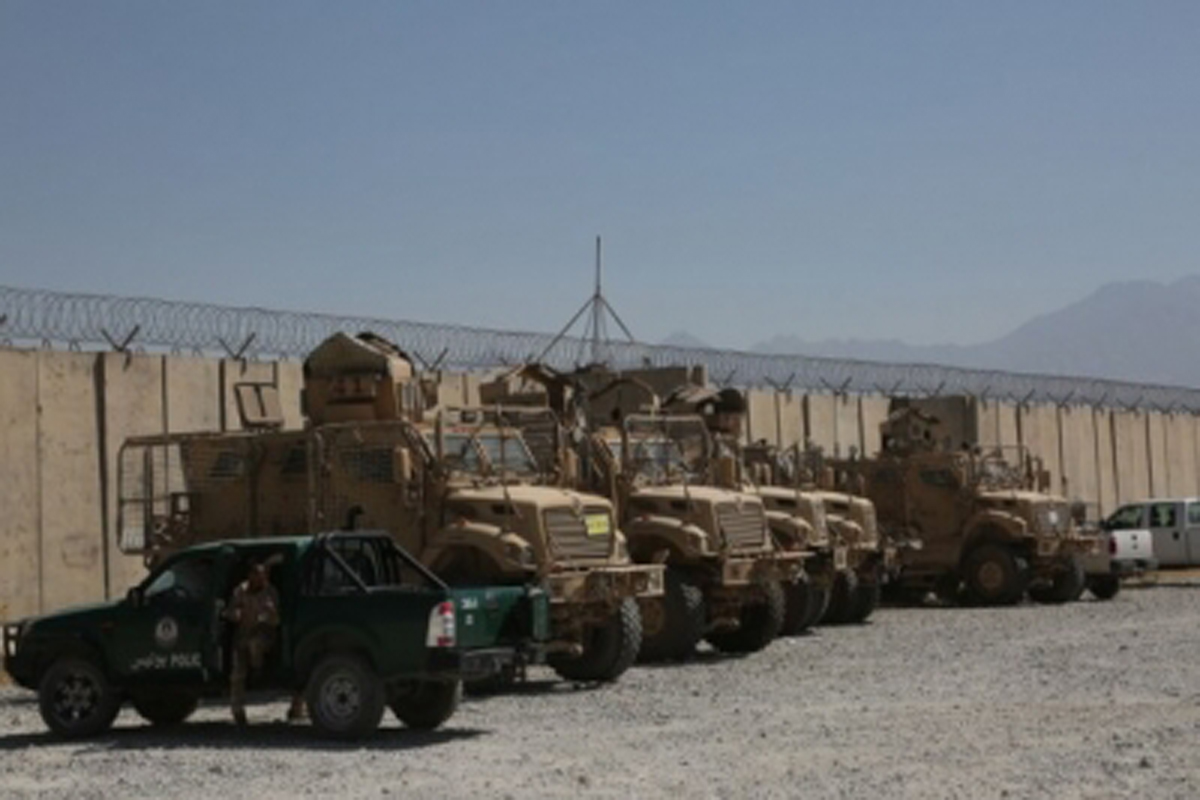The United States on Wednesday announced to release USD 3.5 billion of the total USD 7 billion frozen money of Afghanistan to the new “Afghan Fund” for humanitarian aid.
The Treasury Department of the US said that it would transfer USD 3.5 billion in Afghan central bank assets into a new Swiss-based trust fund that will be shielded from the Islamic Emirate and used to help stabilize Afghanistan’s collapsed economy. According to CNN, two senior US officials, “The US is moving USD 3.5 billion to the new “Afghan Fund,” but will not release the money imminently to an institution in Afghanistan because there is no trusted institution to guarantee the funds will benefit the Afghan people.”
Advertisement
“Instead, it will be administered by an outside body, independent of the Taliban and the country’s central bank,” the official said.
“The Fund may use assets to provide Afghan banking sector liquidity, keep Afghanistan current on its debt service obligations, support exchange rate stability, transfer funds, as appropriate to public Afghan financial institutions, or any other use for the benefit of the Afghan people that is approved by the Fund’s Board of Trustees,” said a US State Department official.
The officials said that the transfer of the funds will depend upon two key factors- the responsible management of the bank and assurances that the funds will not be diverted to terrorists or criminals, CNN reported.
“We do not have that confidence today,” a senior US official said adding that, “at minimum the Afghan central bank will need to demonstrate its independence from political influence and interference.”
“It will also need to demonstrate it has instituted adequate anti-money laundering and countering the financing of terrorism controls and complete a third party needs assessment and onboard a reputable third party monitoring,” the official added.
On July 27, United States’ Special Representative for Afghanistan Thomas West and Under Secretary of the Treasury for Terrorism and Financial Intelligence Brian Nelson led a senior interagency delegation from the Department of State and the Department of the Treasury to hold discussions on the issue of Afghan central bank reserves with the senior Taliban representatives and technocratic professionals in Tashkent, Uzbekistan.
The discussion took place during meetings that took place after the conclusion of the Uzbekistan-hosted Tashkent Conference on Afghanistan on July 26.
According to the State Department release, the United States expressed the need to address the urgent humanitarian situation in Afghanistan. The two sides discussed ongoing efforts to enable the USD 3.5 billion in licensed Afghan central bank reserves to be used for the benefit of the Afghan people.
The United States underscored the need to accelerate the work on these efforts.
After the Taliban seized the nation by force last year, the US froze Afghan reserves.
Earlier this year, President Joe Biden signed an executive order allowing for the USD 7 billion in frozen assets from Afghanistan’s central bank to fund humanitarian relief in Afghanistan and compensate victims of the September 11, 2001 attacks.
The Taliban ruled Afghanistan, at the time of the September 11 attacks, harboured Osama bin Laden, the head of the Al-Qaida terrorist network and mastermind of the US attacks.
A US-led invasion of Afghanistan weeks after the attacks overthrew the Taliban after they refused Washington’s demands to surrender Bin Laden.
The US withdrawal from Afghanistan last August ended the nearly 20-year war, but the United Nations and other international relief groups say Afghanistan faces one of the world’s worst humanitarian crises, which stems from more than four decades of conflict and natural calamities.
More than half of the country’s poverty-stricken population, or an estimated 24 million Afghans, face an acute food shortage and some one million children under five years of age could die from hunger by the end of this year, according to UN estimates following the US withdrawal from the country.









